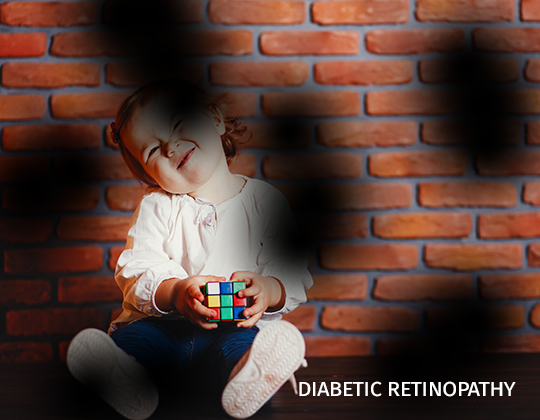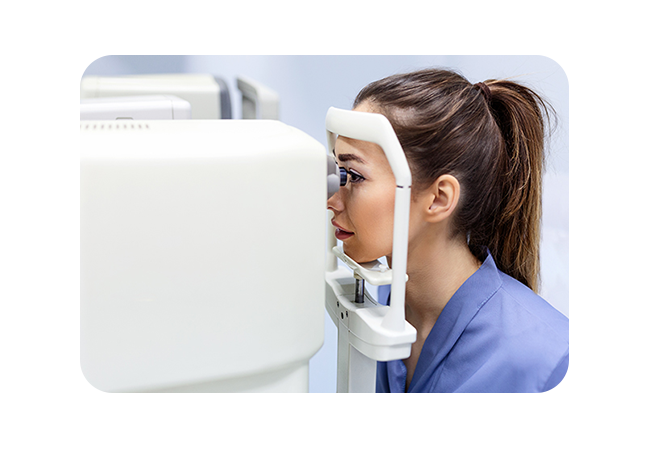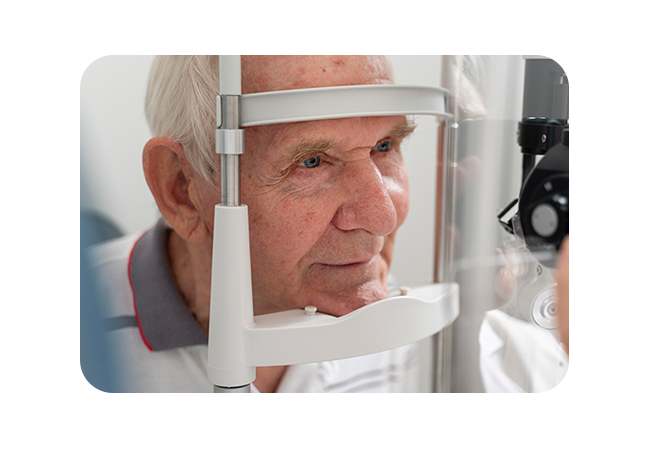What is Diabetic Retinopathy?

Diabetic retinopathy is a complication of diabetes that affects the eyes. It is caused by damage to the blood vessels of the light-sensitive tissue at the back of the eye, known as the retina.
Over time, high blood sugar levels associated with diabetes can cause these blood vessels to leak, swell, or close off, and can also lead to the growth of abnormal new blood vessels on the retina.



